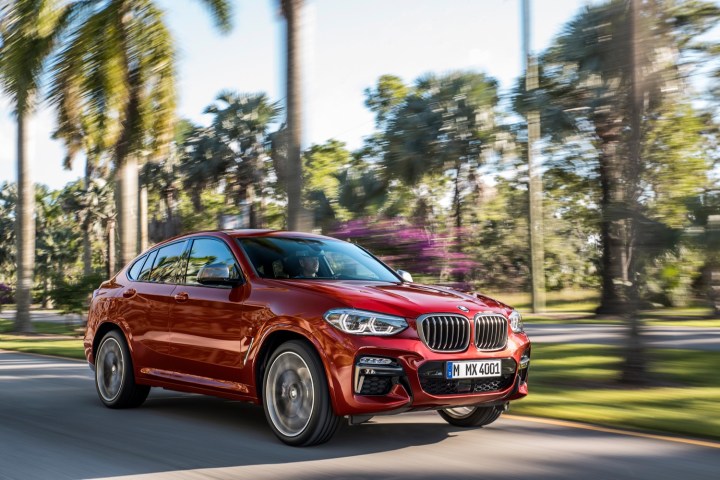
Motorists who like BMWs can now subscribe to one. Confirming an earlier rumor, the Munich, Germany-based company launched a Netflix-like subscription service named Access by BMW. It recently tweaked the service to make it accessible to a wider audience, a company representative told Digital Trends.
Access by BMW is a members-only service that provides unlimited access to what BMW presents as a diverse fleet of cars for a flat, pre-determined monthly fee. Rivals Porsche and Cadillac introduced similar services last year named Porsche Passport and Book by Cadillac, respectively, while Volvo took a slightly different path when it created Care by Volvo.
“It’s a very small pilot; just enough to get our feet wet and see what happens,” a BMW spokesperson told Digital Trends.
Largely smartphone-based, Access by BMW works with Android- and Apple-powered devices. Members use the application to request a car, much as they may request a ride through the Uber app. The models they have access to depends on the tier selected when they signed up for the program.
The recently introduced Icon tier includes the 330i and 330e variants of the popular 3 Series, the X3, the X2, the M240i convertible and the i3. The mid-range Legend tier includes relatively standard cars like the 4 Series, the 5 Series, the X5, and the M2. BMW also makes plug-in hybrid models like the 530e iPerformance available. The more expensive M tier consists of M-badged models such as the M5, the M6, the X5 M, and the X6 M.
Members can choose vehicles from the lower tiers (e.g., if you subscribe to Legend you can ask to drive an X2) but not vice versa. Models like the i8, the 7 Series, and the Mini Hardtop aren’t included in Access by BMW. Mini models aren’t either. Digital Trends learned from a spokesperson that the pilot’s aim is to get information about customer preferences and subscription services as a business. The company could add other vehicles — including ones made by other BMW-owned brands like Mini — when it gathers the data it needs.
Once a member selects a car, a BMW concierge will deliver it at the chosen place and time. Every car comes with a full tank of gas with personal preferences already pre-set. The brand adds there is no limit to how many times a member changes cars per month; it’s possible to change cars daily. Pricing ranges between $1,099 and $2,699 a month depending on the tier selected. These figures include the membership fee, maintenance, insurance, and roadside assistance.
“Subscription-based services are of emerging interest for our customers, and we’re excited to be offering a mobility service to meet their individual and evolving needs” Ian Smith, the CEO of BMW Group Financial Services, said in a statement. “With Access by BMW, our members will enjoy the freedom of personal mobility.”
The idea of a subscription service isn’t to bypass the traditional dealership. Dealers in the Nashville area remain responsible for delivering the vehicles and maintaining them. If the pilot is successful, it’s safe to bet BMW will expand its Access program to other parts of the country and, later, the world.
Updated on July 31: added information about BMW’s updates to the system.



